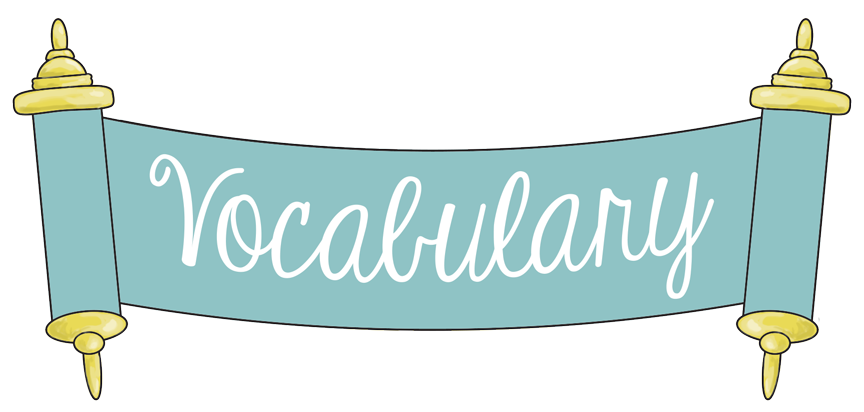
| Term |
Definition |
| Hardware |
Computer hardware refers to the physical parts of a computer and related devices. |
| Software |
Computer software is a general term that describes computer programs. Related terms such as software programs, applications, scripts, and instruction sets all fall under the category of computer software. |
| Peripheral |
A computer peripheral is any external device that provides input and output for the computer. |
| Web Browser |
A web browser, or simply "browser," is an application used to access and view websites. Common web browsers include Microsoft Internet Explorer, Google Chrome, Mozilla Firefox, and Apple Safari. |
| Website |
A website, or Web site, is not the same thing as a Web page. Though the two terms are often used interchangeably, they should not be. So what's the difference? To put it simply, a Web site is a collection of Web pages. |
| Protocol |
When computers communicate with each other, there needs to be a common set of rules and instructions that each computer follows. A specific set of communication rules is called a protocol. |
| Network |
When you have two or more computers connected to each other, you have a network. Computer networks can be connected through cables, such as Ethernet cables or phone lines, or wirelessly, using wireless networking cards that send and receive data through the air. |
| Intranet |
An intranet is a private network that can only be accessed by authorized users. The prefix "intra" means "internal" and therefore implies an intranet is designed for internal communications. |
| Internet |
The Internet is a global wide area network that connects computer systems across the world. It includes several high-bandwidth data lines that comprise the Internet "backbone." |
| Server |
A server is a computer that provides data to other computers. It may serve data to systems on a local area network (LAN) or a wide area network (WAN) over the Internet. |
| Client |
The device that is used to connect to the web. |
| Web Page |
Web pages are what make up the World Wide Web. These documents are written in HTML (hypertext markup language) and are translated by your Web browser. |
| URL |
Stands for "Uniform Resource Locator." A URL is the address of a specific webpage or file on the Internet. |
| HTML |
Stands for "Hypertext Markup Language." HTML is the language used to create webpages. |
| HTTP |
Stands for "Hypertext Transfer Protocol." HTTP is the protocol used to transfer data over the web. It is part of the Internet protocol suite and defines commands and services used for transmitting webpage data. |
| ISP |
Stands for "Internet Service Provider." An ISP provides access to the Internet. |
| FTP |
Stands for "File Transfer Protocol." FTP is a protocol designed for transferring files over the Internet. |
| Cookie |
A cookie is a small amount of data generated by a website and saved by your web browser. Its purpose is to remember information about you, similar to a preference file created by a software application. |
| CSS |
Stands for "Cascading Style Sheet." Cascading style sheets are used to format the layout of Web pages. They can be used to define text styles, table sizes, and other aspects of Web pages that previously could only be defined in a page's HTML. |
| LAN |
Stands for "Local Area Network" and is pronounced "lan." A LAN is a network of connected devices that exist within a specific location. |
| WAN |
Stands for "Wide Area Network." It is similar to a Local Area Network (LAN), but it's a lot bigger. Unlike LANs, WANs are not limited to a single location. |
| Web Host |
In order to publish a website online, you need a Web host. The Web host stores all the pages of your website and makes them available to computers connected to the Internet. |
| Tag |
Tags indicate what should be displayed on the screen when the page loads. Tags are the basic formatting tool used in HTML and other markup languages, such as XML.
- <!DOCTYPE html> - Defines what version of HTML the web page is coded in.
- <head> - The first of two main sections of an HTML document. The section is used to provide information about the document for use primarily by search engines and browsers.
- <table> - Adds a table
|
